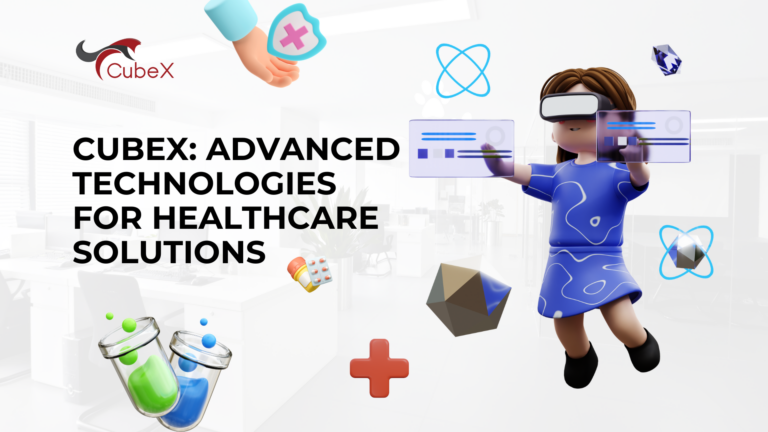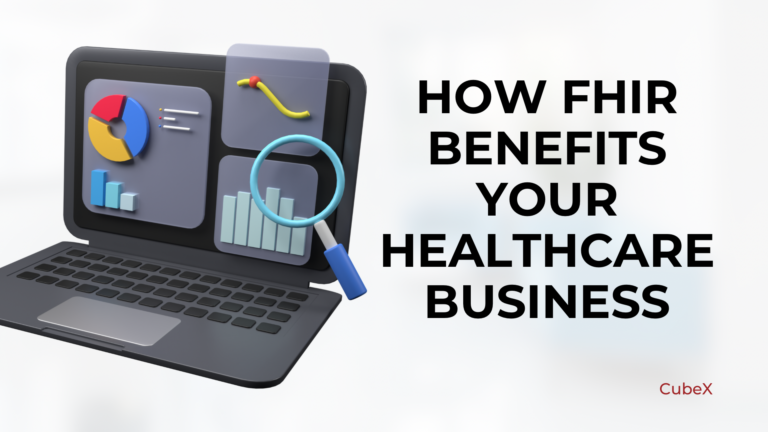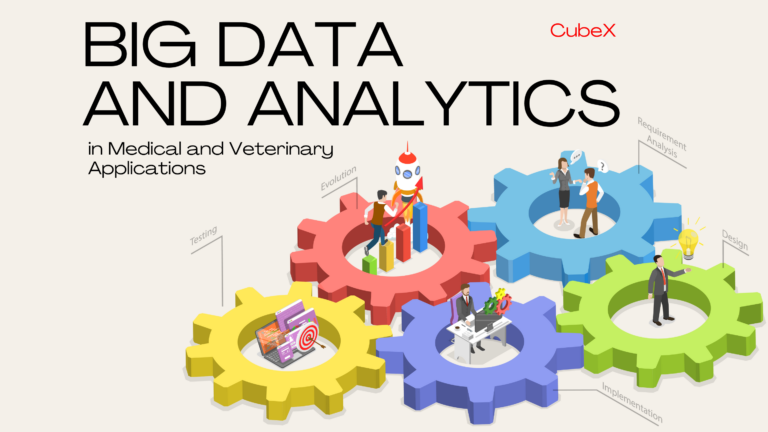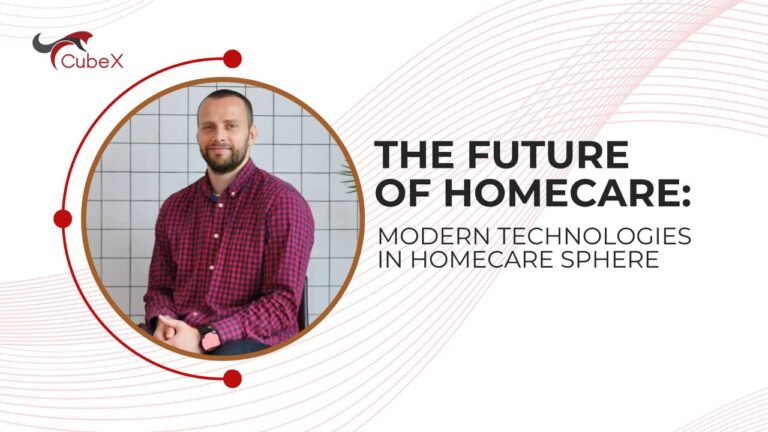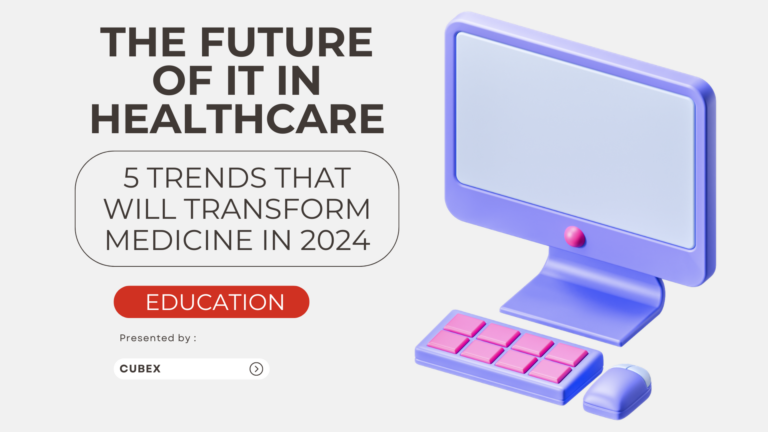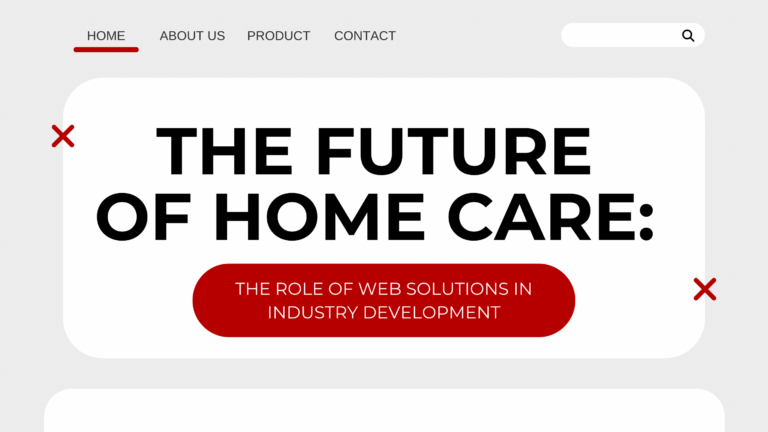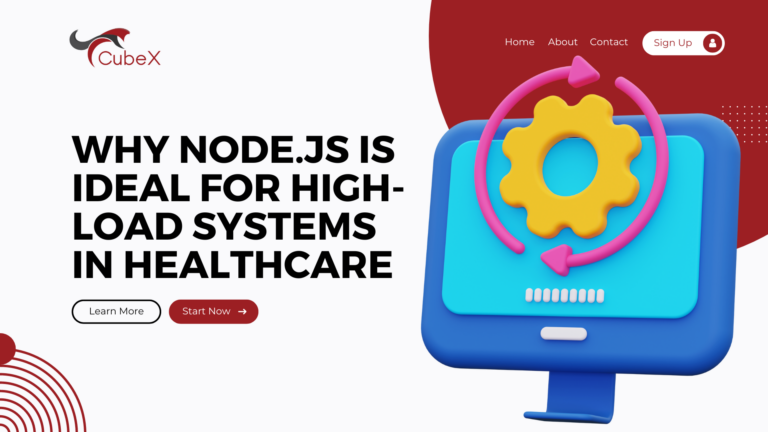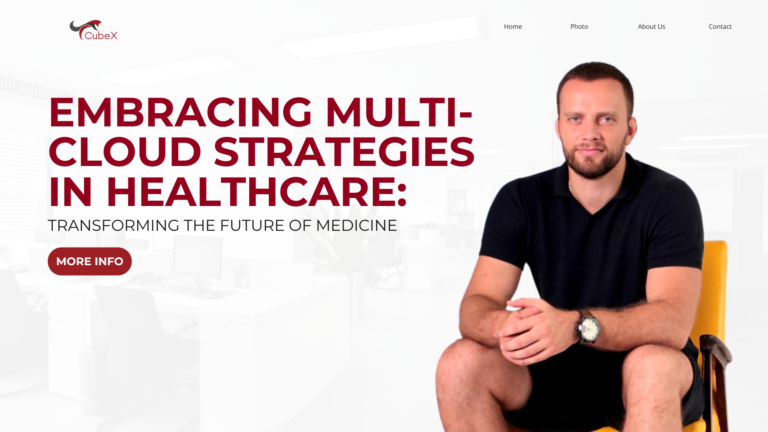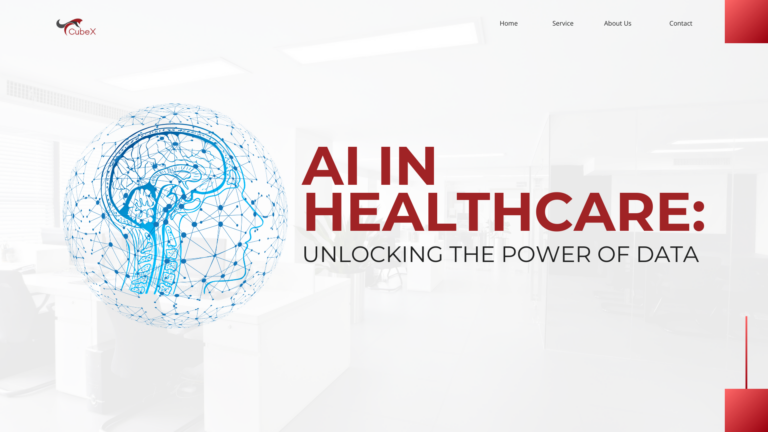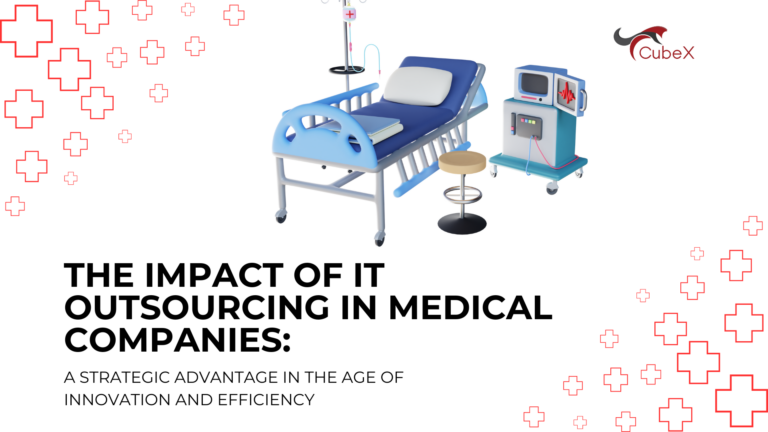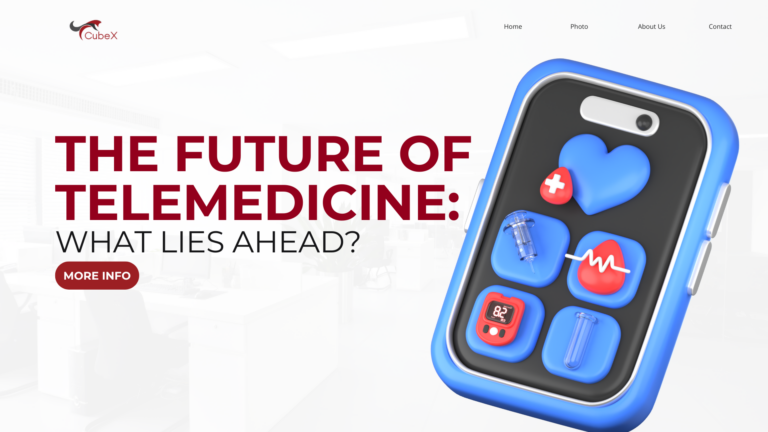The Future of Telemedicine: What Lies Ahead?

Telemedicine is one of the fastest-growing sectors in healthcare, driven by the integration of cutting-edge technologies and a growing demand for accessible medical services. Following the COVID-19 pandemic, telemedicine has become a mainstream healthcare solution. But what does the future hold? Let’s explore the key trends shaping telemedicine in the coming years, supported by data and analysis.
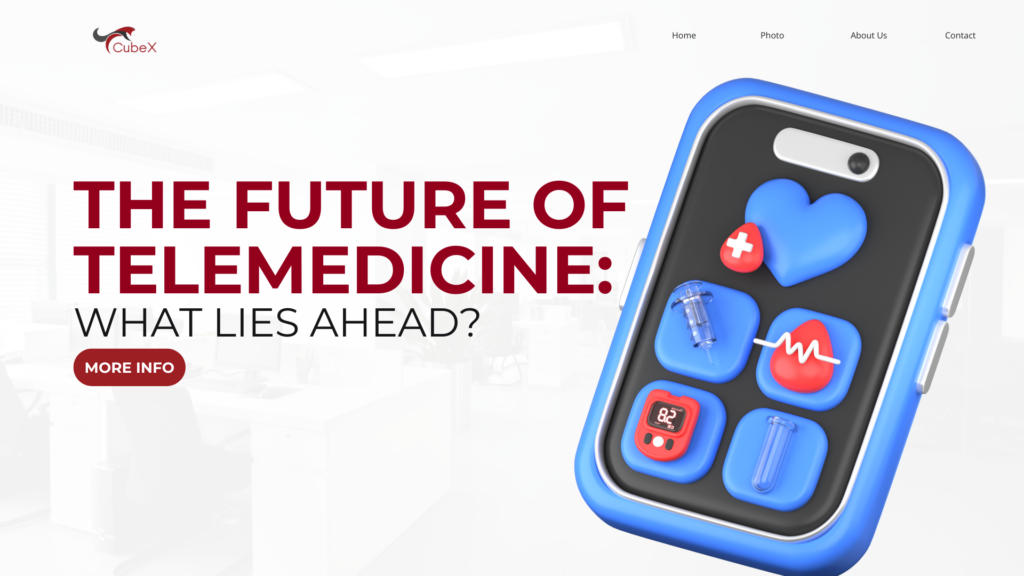
The Scale and Potential of Telemedicine
According to Grand View Research, the global telemedicine market was valued at approximately $100 billion in 2023 and is projected to reach $455 billion by 2030, growing at a compound annual growth rate (CAGR) of 24%.
This impressive growth is driven by several factors:
- Increased demand for remote medical consultations.
- Wider internet access and improved device availability.
- A rise in chronic conditions requiring continuous monitoring and management.
Key Directions for Telemedicine Development
1. Telemedicine as a Standard for Healthcare
What was once an alternative option is rapidly becoming a core part of healthcare services.
- According to McKinsey, over 60% of patients in the US prefer video consultations for initial medical assessments.
- Leading companies like Teladoc Health are setting new standards for delivering high-quality care remotely.
2. Integration with IoT Devices
Smart devices and wearables are revolutionizing how health is monitored and managed in real time.
- Devices such as Apple Watch and blood glucose monitors provide critical data for healthcare providers.
- In 2022, over 100 million people used wearable devices to track health metrics (Statista).
3. Artificial Intelligence (AI) and Machine Learning
AI will play a transformative role in enhancing telemedicine by improving diagnostics and decision-making.
- AI is expected to reduce diagnostic times by 20–30%.
- Platforms like Babylon Health already use AI to assess symptoms, provide recommendations, and support doctors.
4. Expanding Access to Remote Areas
Telemedicine is bridging healthcare gaps in underserved regions, providing critical care to rural and isolated areas.
- The World Health Organization (WHO) reports that telemedicine has addressed healthcare shortages in 40% of remote regions globally.
- Innovations like Starlink’s satellite internet could expand access even further.
5. Cybersecurity in Digital Healthcare
The growth of telemedicine brings challenges related to data security.
- IBM estimates that 25% of all data breaches in 2022 occurred in the healthcare sector.
- Blockchain technology and advanced encryption methods will play a critical role in securing patient data.
Opportunities and Challenges Ahead
While the potential of telemedicine is undeniable, several challenges remain:
- Regulatory Frameworks: Many countries still lack the legal structures to support telemedicine fully.
- Digital Divide: Access to high-speed internet and advanced devices remains limited in developing regions.
- Patient Trust: Building confidence in virtual care is crucial for widespread adoption.
Benefits of Telemedicine for Patients and Providers
For Patients:
- Convenience: Consultations from the comfort of home.
- Time Efficiency: No need to travel to clinics or wait in queues.
- Real-Time Monitoring: Continuous updates on health status.
For Providers:
- Optimized Schedules: Better time management.
- Increased Reach: Ability to treat more patients across geographies.
- Seamless Data Access: Enhanced decision-making through wearable integrations.
The Future of Telemedicine: Predictions and Innovations
- Deeper Personalization
AI and Big Data will enable physicians to create treatment plans tailored to each patient’s genetic and medical profile. - Virtual Reality (VR) in Healthcare
VR will expand beyond rehabilitation and therapy into immersive consultation experiences and advanced training for healthcare professionals. - Autonomous Medical Devices
Robotics will advance to perform simple medical procedures, such as blood draws or medication delivery, reducing human intervention in routine tasks. - Holistic Health Platforms
Platforms integrating telemedicine, mental health resources, and lifestyle coaching will offer patients a comprehensive approach to wellness.
Conclusion
Telemedicine is not just a trend but a fundamental shift in healthcare delivery. It promises to make healthcare more accessible, personalized, and efficient. Despite the challenges, advancements in technology and patient adoption indicate a bright future for telemedicine. By 2030, it is poised to become the norm for millions of people worldwide.
What innovation do you think will have the biggest impact on telemedicine in the years to come? Let’s discuss! 🚀
#Telemedicine #HealthcareInnovation #FutureOfHealth #DigitalHealth #AIinHealthcare #IoT #Cybersecurity
Contact Us
Please contact us for any further information

































